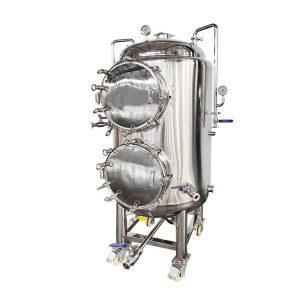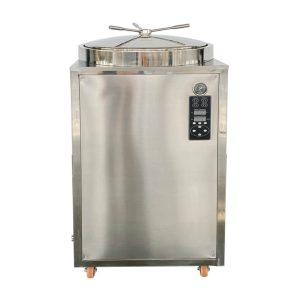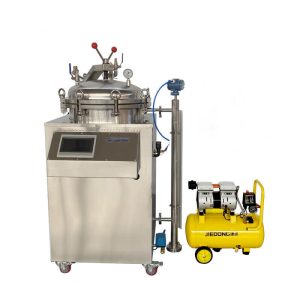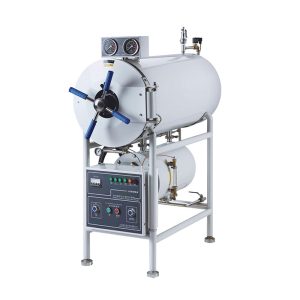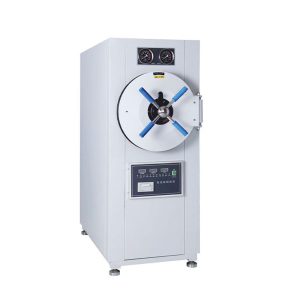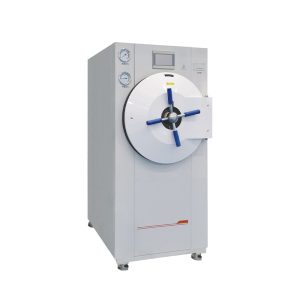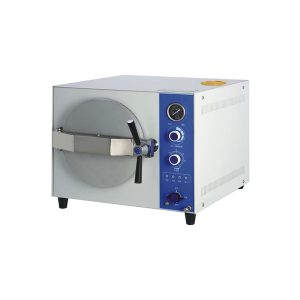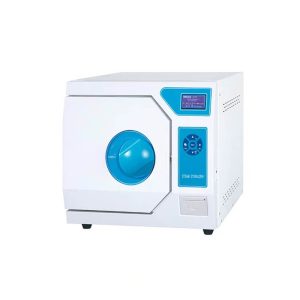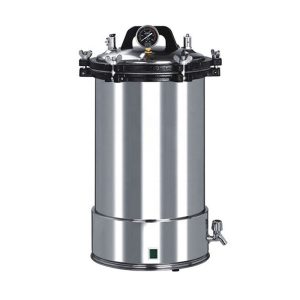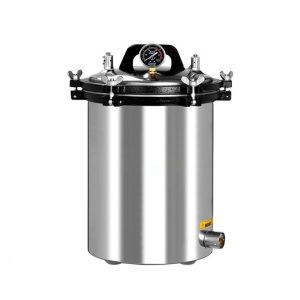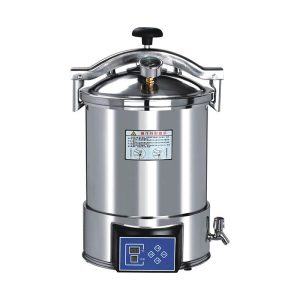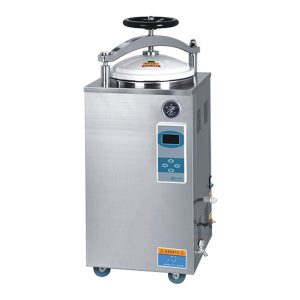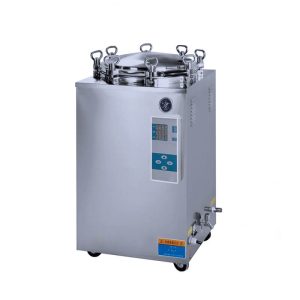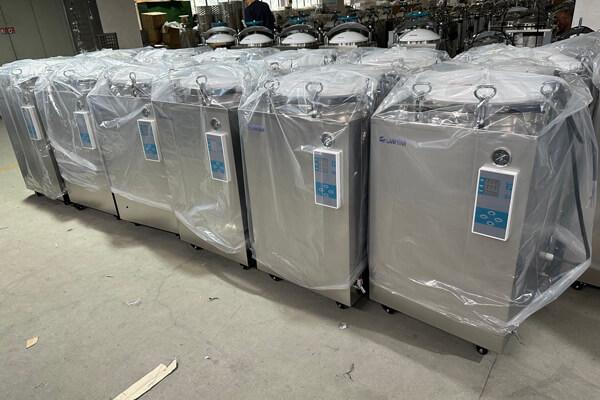
What are the 4 methods of sterilizatio
Steam Sterilization:
Steam sterilization, also known as autoclaving, utilizes high-pressure steam at temperatures ranging from 121°C to 134°C. This method is highly effective in killing various microorganisms, including bacteria, viruses, fungi, and spores. The steam penetrates the objects, reaching even the smallest crevices, ensuring thorough sterilization. Steam sterilization is commonly used in healthcare settings, laboratories, and food processing industries.Dry Heat Sterilization:
Dry heat sterilization involves exposing objects to high temperatures in a dry environment, typically ranging from 160°C to 190°C. This method is suitable for heat-resistant items and effectively kills microorganisms by disrupting their cellular structure. Dry heat sterilization is commonly used for sterilizing glassware, metal instruments, and certain powders or oils.Chemical Sterilization:
Chemical sterilization utilizes chemicals, such as gases, liquids, or vapors, to kill microorganisms. One popular method is the use of ethylene oxide or hydrogen peroxide vapor. Chemical sterilization is advantageous for heat-sensitive objects that cannot withstand high temperatures. However, it requires specialized equipment and strict safety measures to ensure effective sterilization and prevent residual chemical exposure.Radiation Sterilization:
Radiation sterilization employs ionizing radiation or non-ionizing radiation, such as ultraviolet (UV) or gamma rays, to kill microorganisms. This method damages the DNA or cellular structure of microorganisms, rendering them unable to survive or reproduce. Radiation sterilization finds applications in various industries, including healthcare, food processing, and pharmaceuticals. Conclusion: Sterilization plays a vital role in maintaining a germ-free environment in healthcare, laboratories, food processing, and other industries. The four primary methods of sterilization—steam, dry heat, chemical, and radiation—offer distinct advantages and are chosen based on the specific requirements of the objects being sterilized. By understanding the principles and applications of these methods, we can ensure effective sterilization and promote a safe and hygienic environment in various settings.Why Autoclave is The Best Method of Sterilization
Autoclaving stands out as a highly effective method of sterilization for several reasons: 1.Comprehensive Microbial Elimination: Autoclaves use high-pressure steam, typically at temperatures above 121°C
Why is autoclaving done for 15 minutes?
The reason high-pressure sterilization typically takes 15 minutes or more is to ensure the thorough elimination of various microorganisms, including bacteria, viruses, fungi, and spores.
How an Autoclave Works
The high-pressure sterilizer functions based on a fundamental principle that leverages elevated temperature and pressure to achieve potent disinfection. Here’s a simplified explanation of its
How to clean autoclave monthly
Regularly cleaning and maintaining the high-pressure sterilizer each month is essential to ensure its proper functioning and effectiveness in disinfection. Here are the general steps
How Does an Autoclave Work
A high-pressure sterilizer operates by placing objects within a sealed chamber and introducing high-temperature, high-pressure steam. The working process can be summarized in the following
What is Autoclave Sterilization
High-pressure sterilization is a process that utilizes high-pressure steamand elevated temperatures to eliminate microorganisms on the surface and withinan object. In this procedure, the object

